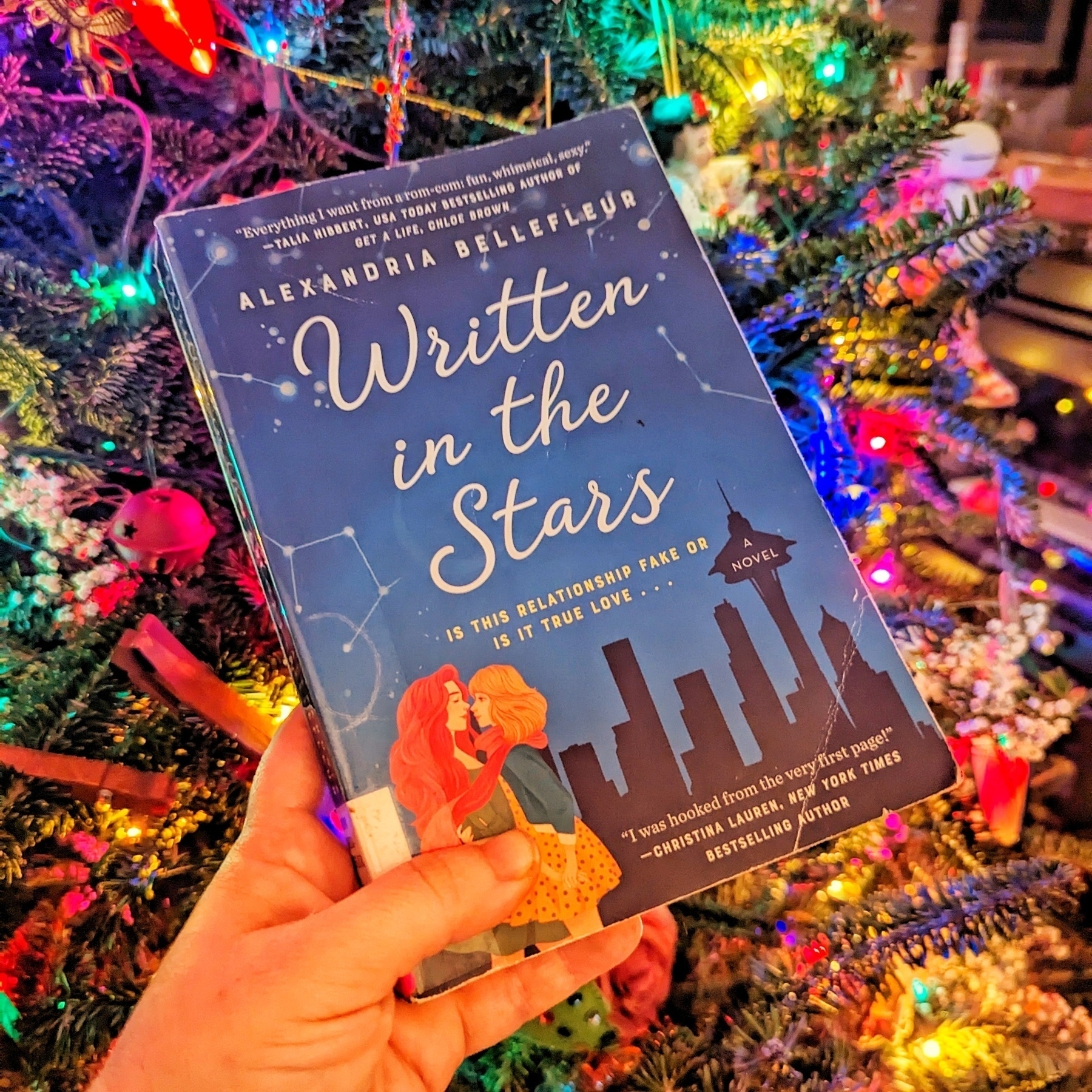📚 Today’s library haul. Catching up on Holigays22 and some other holiday reads, plus a YA biography of my hero Sarah Bernhardt - quand même!

📚 Today’s library haul. Catching up on Holigays22 and some other holiday reads, plus a YA biography of my hero Sarah Bernhardt - quand même!

Finished reading: Written in the Stars by Alexandria Bellefleur 📚
The first holiday rom-com of a month where I hope to read many. Elle is an astrologer who dreams of a big love. Darcy is an actuary who’s terrified of having one. This book’s heat level is sensual, a couple explicit scenes. A lovely book but I wish the third act break-up had been resolved more quickly so I could’ve had more joyous reunion time.

It reveals something about my character that I’m really psyched about being on someone’s dissertation committee.
🔖 Read Bring back the blog by Alan Jacobs.
Hear, hear.
Fun with migraines: in the past year or so I’ve started having vertigo in the prodrome stage, tilting involuntarily when I walk. In the past couple of months I’ve developed olfactory hallucinations. I don’t like migraines, y’all.
🍿 Watched Airplane!.
Super fun. I can’t begin to imagine how delightful it must have been for the people who saw it when it was first released.
🔖💻 Read The Indie Web Manifesto.
Before the IndieWeb, there was the Indie Web. This was published in 1997.
🔖💻 Read The Hacker Manifesto.
the beauty of the baud
I love this turn of phrase.
We make use of a service already existing without paying for what could be dirt-cheap if it wasn’t run by profiteering gluttons…
This was published in 1986.
🔖 Read True/useful by Seth Godin.
Seth shares a handy matrix for helping us stay resilient and cultivate belief, shaking off cynicism and avoiding traps.
📺🍿🎄 Watched The Naughty Nine.
This is a heist movie about kids on the naughty list breaking into Santa’s workshop. It honors all the heist tropes and is super fun. Watch with a kid if you can.